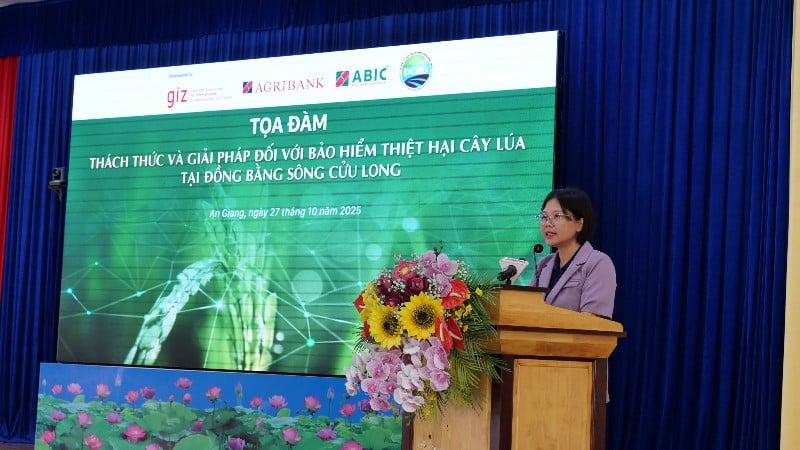
The Mekong Delta has long been considered the “rice heart” of Vietnam, contributing more than 50% of the country’s rice output and more than 90% of rice exports. However, this region is becoming the frontline affected by climate change as drought, saltwater intrusion, storms, floods, landslides and epidemics become increasingly severe. With production characteristics dependent on nature, farmers in the Mekong Delta are still having to “bet” each crop season with unpredictable fluctuations.
In that context, agricultural insurance, especially rice crop damage insurance, is seen as a "financial shield" to help rice growers stand firm against natural disasters and market fluctuations.
However, as many delegates assessed at the Seminar "Challenges and solutions for rice crop damage insurance in the Mekong Delta" jointly organized by Agribank Insurance in collaboration with the Department of Cooperative Economics ( Ministry of Agriculture and Environment ), An Giang Department of Agriculture and Environment, Agribank An Giang and GIZ Organization, pointed out: The path for insurance to truly enter life is still full of barriers.
In practice, agricultural insurance programs in Vietnam in general and the Mekong Delta in particular have not yet met expectations. Firstly, in terms of the legal framework, Decree 58/2018/ND-CP still has shortcomings: the list of supported crops is narrow, procedures are cumbersome, there is a lack of incentive mechanisms for large-scale commodity production models; current policies still lean towards supporting social security (poor and near-poor households), while not really becoming a professional production risk management tool for cooperatives and agricultural enterprises.
Second, the risk of profiteering and damage assessment is a big challenge; natural disasters and pests are complicated, making it difficult to determine the cause and extent of damage, making insurance companies hesitant to expand their coverage.
Third, data infrastructure is weak; lack of shared database on weather, production, and risks makes pricing, product design, and compensation assessment inaccurate and costly.
Fourth, small-scale, fragmented production makes insurance costs high, while the ability to control the production process is low; there is no synchronous chain of links between farmers, cooperatives, businesses, banks, insurance, so insurance products are difficult to be sustainable.
One of the highlights highlighted at the seminar was the credit, insurance, and farmer linkage model jointly implemented by Agribank and Agribank Insurance (ABIC). This is an effort to build a “closed circle of protection” for rice growers, a practical initiative to ensure that credit capital is not interrupted when risks occur.
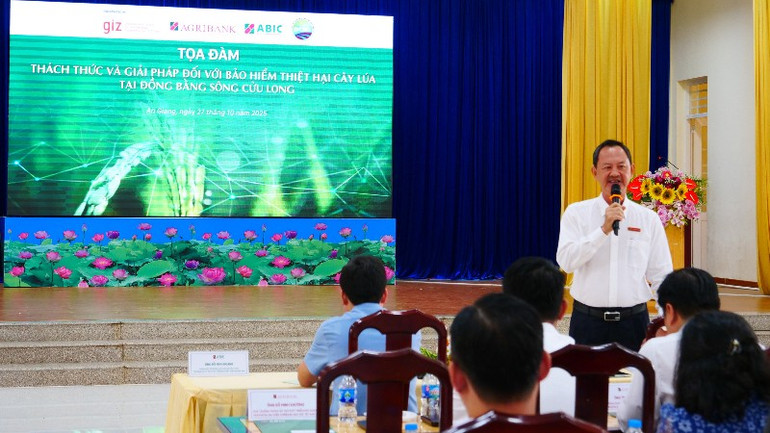
According to Mr. Tran Van Soul, Director of Agribank An Giang, Agribank is currently the main bank serving “three farmers”, with more than 70% of outstanding loans in An Giang for rice production. Linking insurance with credit helps banks preserve loan capital, farmers feel secure in production, and insurance companies have a stable database, distribution channels and customers.
Specifically, the chain's operating model is implemented in the direction of Agribank providing capital to farmers and cooperatives participating in the 1 million hectare rice project; Agribank Insurance provides rice crop damage insurance and credit security packages. When risks occur, insurance pays compensation to help people pay off debts and continue production, while the bank maintains circulating capital.
In An Giang, Agribank Insurance has cooperated with GIZ to pilot rice crop insurance at 11 cooperatives. When heavy rains caused damage on August 21-22, the company promptly paid 61.8 million VND to households of Phu An Hung Cooperative, helping them restore production right in the crop season.
Along with that, nearly 350 million VND of Credit Security insurance was also paid to borrowers facing health risks, a humane action, affirming that insurance is not just a "compensation card" but a long-term commitment to accompany farmers.
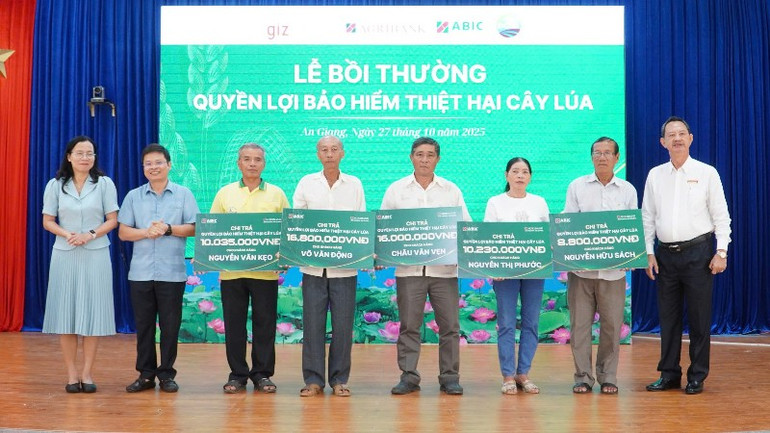
According to Chairman of the People's Committee of An Phu Commune Nguyen Xuan Tien, this is a great source of spiritual encouragement to help people have more confidence in the policy. Representative of the Ministry of Agriculture and Environment, Ms. Dinh Thi Hoa, Head of the Department of Poverty Reduction and Social Security also highly appreciated ABIC's efforts, and at the same time asked the enterprise to continue to improve its products to suit the characteristics of rice production in the Mekong Delta.
According to experts, for rice crop damage insurance to truly become a pillar of sustainable agriculture, stronger participation from institutions and local authorities is needed. First of all, the State needs to amend and improve the legal framework, expand the list of supported insurance, reduce procedures, and apply a flexible pricing mechanism according to risk areas and production models.
Along with that, it is necessary to build a shared digital database on agriculture, integrating meteorological, hydrological, production and risk data, creating a foundation for insurance businesses to design transparent and accurate products.
In particular, propaganda and training work must go one step further. Farmers must clearly understand their rights, obligations and how to participate in insurance. When they proactively consider insurance as an essential part of production instead of a “situational solution”, then agricultural insurance can be sustainable.
It can be affirmed that rice crop damage insurance is not only a risk-sharing tool, but also an important financial lever to protect credit flows, stabilize livelihoods and maintain the rice production, processing and consumption chain of the entire Mekong Delta.
A close link between credit, insurance, farmers and local authorities is the only way for agricultural insurance to no longer be a “pilot model”, but become a policy pillar in the strategy for sustainable, modern and low-emission agricultural development.
Source: https://nhandan.vn/giai-bai-toan-bao-hiem-thiet-hai-cay-lua-tai-dong-bang-song-cuu-long-post919283.html


![[Photo] Da Nang: Water gradually recedes, local authorities take advantage of the cleanup](https://vphoto.vietnam.vn/thumb/1200x675/vietnam/resource/IMAGE/2025/10/31/1761897188943_ndo_tr_2-jpg.webp)




![[Photo] Prime Minister Pham Minh Chinh attends the 5th National Press Awards Ceremony on preventing and combating corruption, waste and negativity](https://vphoto.vietnam.vn/thumb/1200x675/vietnam/resource/IMAGE/2025/10/31/1761881588160_dsc-8359-jpg.webp)







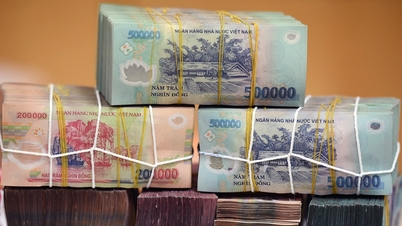
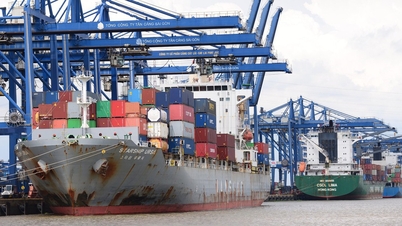






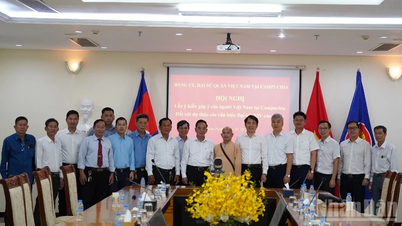
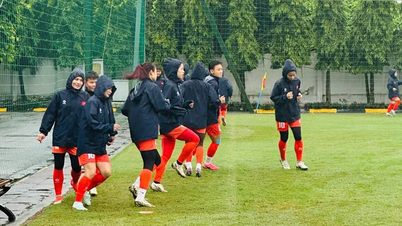
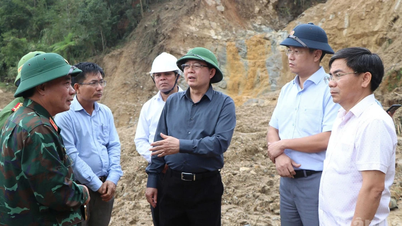




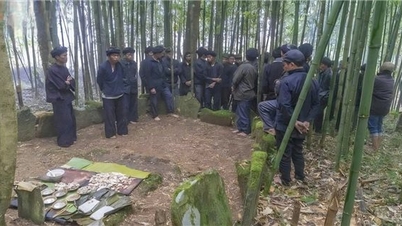

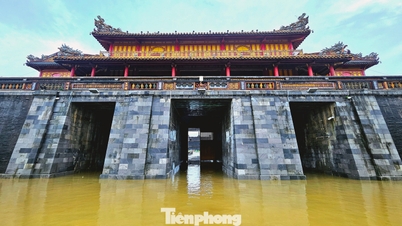

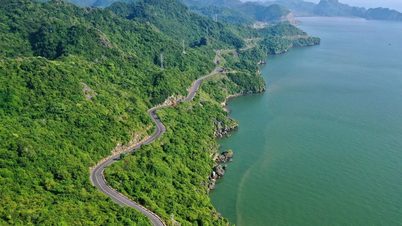
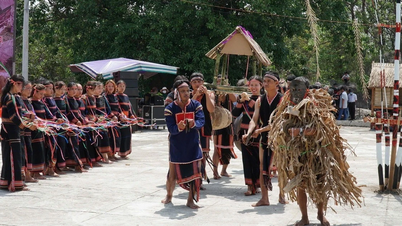



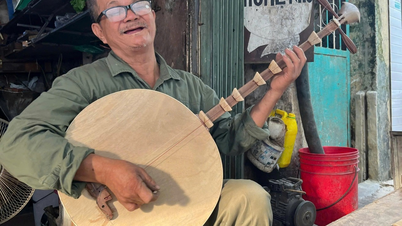








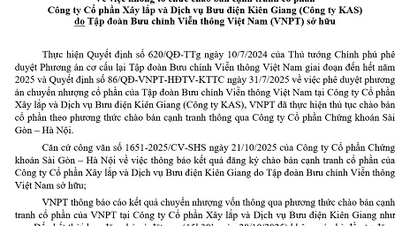


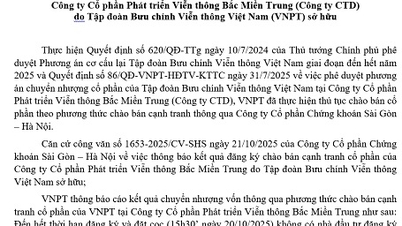
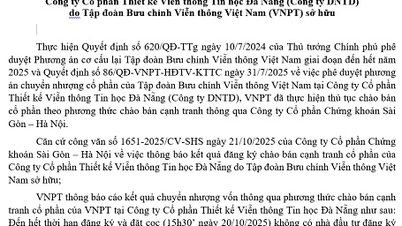






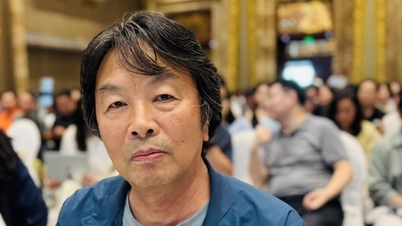



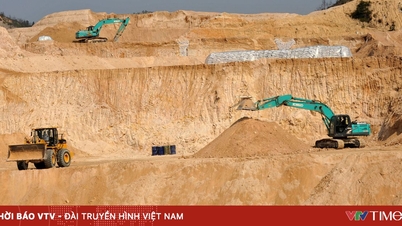



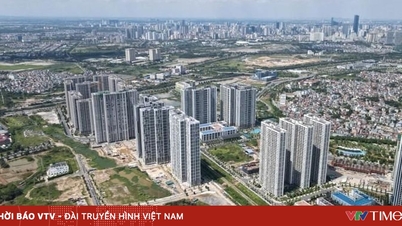
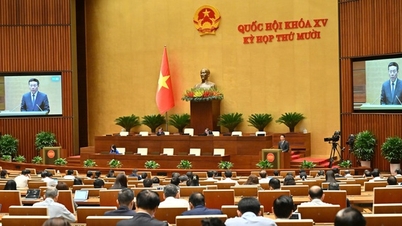

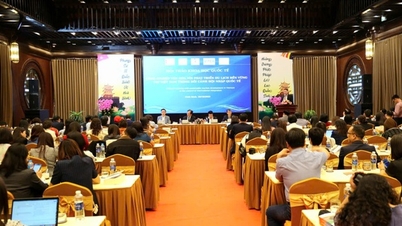
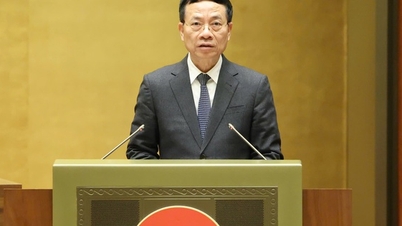
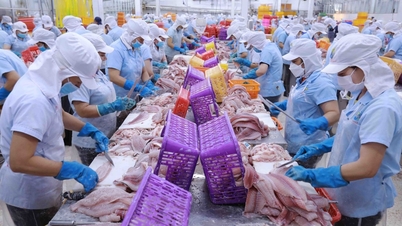

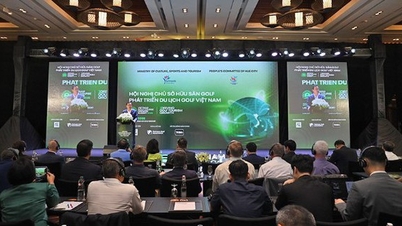

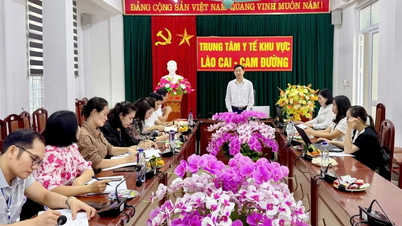



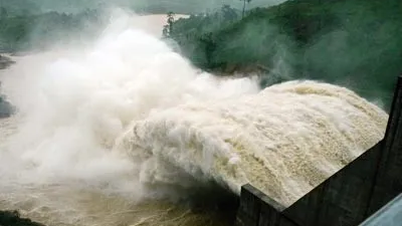



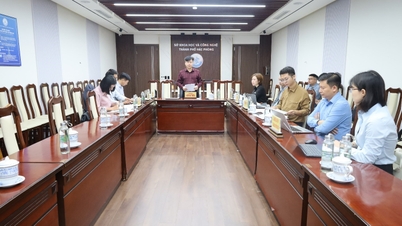











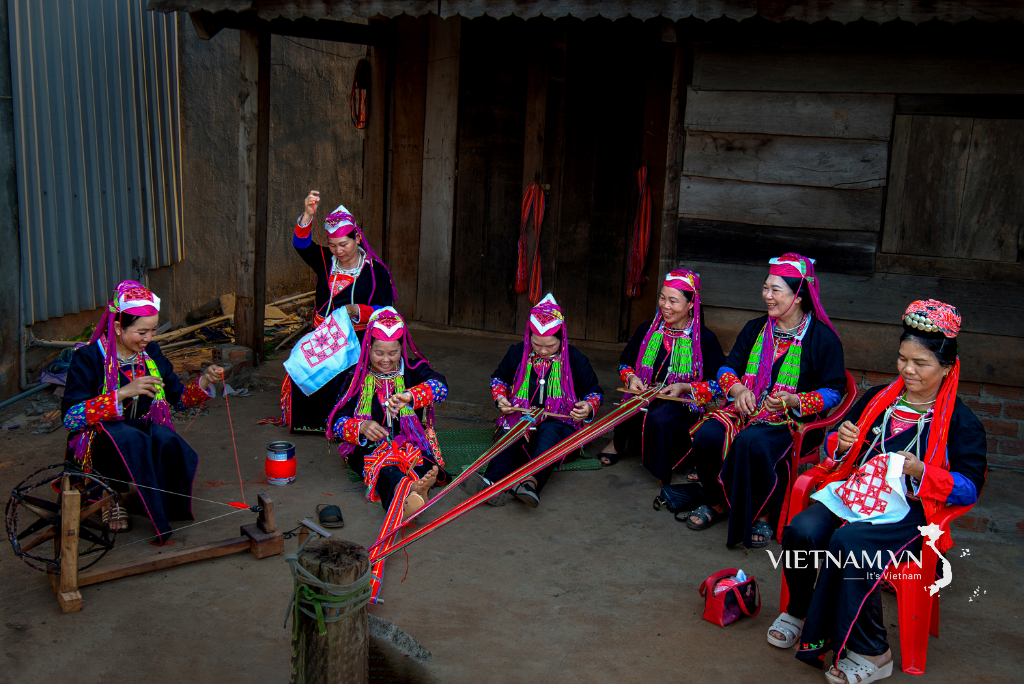



Comment (0)